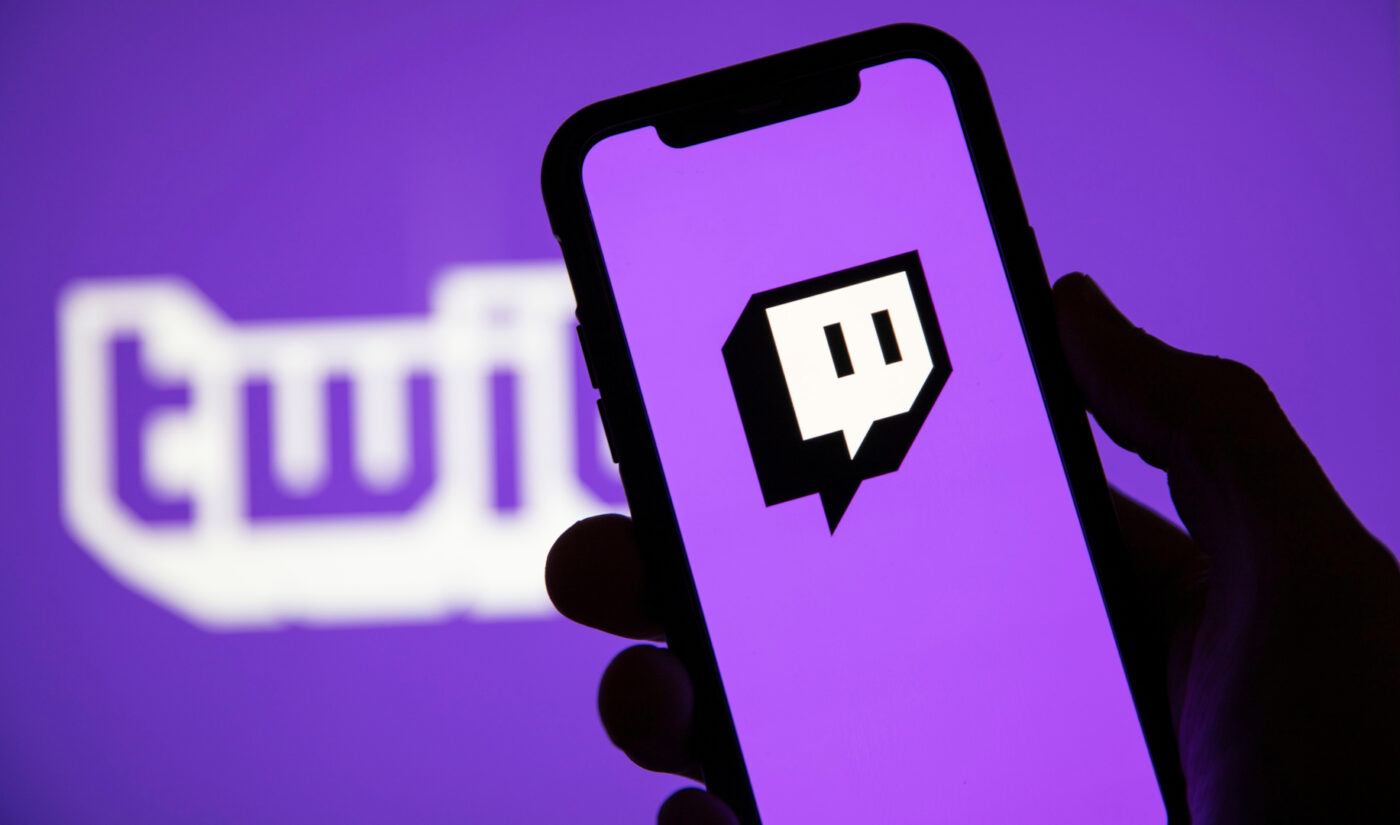Twitch is easing up its strangehold on simulcasting.
For those not aware of Twitch’s longstanding simulcast policy, here’s the rundown: Twitch’s terms of service have always prevented streamers from being able to simulcast their streams on competitive platforms—meaning that when they were live on Twitch, they couldn’t port that broadcast to YouTube or Kick. It simply wasn’t allowed. (Though they could port it somewhere like TikTok, which Twitch doesn’t consider a direct competitor since its primary format is vertical short-form.)
But, after Twitch began taking 20% more revenue from partner streamers, it promised to make up for that lost income by doing things like relaxing its simulcasting and improving discoverability. The first signs of policy change came in August, when Ninja–still one of Twitch’s biggest streamers–was allowed to start simulcasting wherever he wanted, without any kind of oversight or approval from Twitch.

Subscribe for daily Tubefilter Top Stories
Now that opportunity is opening up for a lot of other streamers.
At this past weekend’s TwitchCon, Twitch announced all streamers (except those with exclusivity written into their contracts) are allowed to simulcast on any platform they choose–including competitors.
“We truly believe that Twitch is the best service to be a live, interactive creator, and we want to give streamers more freedom in just how they want to build their communities,” Jeremy Forrester, Twitch’s VP of community product, told Polygon.
That being said, it’s not suddenly going to be all easy-breezy laissez-faire. Streamers can simulcast their Twitch streams to other platforms, sure, but they aren’t allowed to put links to those livestreams on their Twitch channel or in their Twitch chat. aka, they can’t direct their Twitch audiences to watch their stuff on other sites.
They’re also not allowed to use any third-party services to merge their chats together across various platforms–something that will make it difficult for them to pay much attention to their off-Twitch chats.
And last up, streamers have to be sure the high-def-ness of their stream is “no less than the experience on other platforms or services.” So, basically, your stream can’t look better somewhere else. It has to be better (or at least the same) on Twitch.
Along with this significant shift in policy comes something unexpected: Twitch is now allowing any partner streamer who chose to leave the platform for another service (something that, before now, resulted in the dissolution of their contract with Twitch and the erasure of their partner status) to get back on board. So long as they didn’t violate Twitch’s TOS before leaving the first time, they’re now “eligible to reinstate their Partnership status,” Twitch says.
Forrester told Polygon he believes Twitch creators who start simulcasting will “do it with the intent to help bring people to Twitch.”











